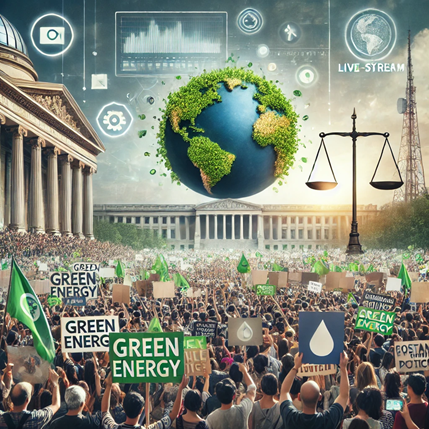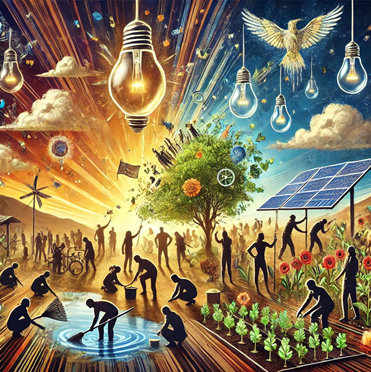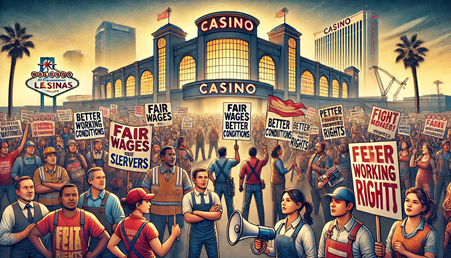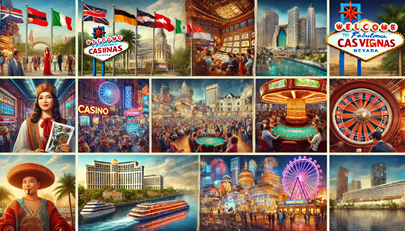How can media and storytelling drive awareness and action on environmental issues?

How can media and storytelling drive awareness and action on environmental issues?
by Nathaniel 04:48pm Jan 08, 2025

How can media and storytelling drive awareness and action on environmental issues?
Media and storytelling are powerful tools for driving awareness and action on environmental issues. By conveying compelling narratives, providing information, and emotionally engaging audiences, they can significantly influence public attitudes, shape policy, and inspire collective action. Here’s how media and storytelling can drive change:
1. Raising Awareness
Highlighting Urgency and Relevance: Storytelling helps make complex environmental issues, like climate change or biodiversity loss, more relatable and urgent.Through personal stories or impactful documentaries, media can distill the science and the implications of environmental degradation in ways that resonate with individuals and communities.
Framing the Issue:Effective media stories can frame environmental issues in ways that amplify their importance whether focusing on natural disasters exacerbated by climate change, the impact of pollution on public health, or the loss of biodiversity. This framing shapes how the public perceives the severity of environmental issues.
Example: Documentaries like An Inconvenient Truth (2006) by Al Gore and Our Planet (2019), narrated by David Attenborough, brought global attention to the climate crisis, translating complex scientific data into easily understandable and emotionally impactful stories.
2. Building Emotional Connections
Creating Empathy Through Personal Stories: Storytelling makes environmental issues more personal and human. By telling the stories of people directly affected by environmental degradation (e.g., farmers facing drought, communities experiencing flooding, or indigenous groups defending their land from deforestation), media can build empathy and emotional connections,motivating individuals to care about the issue and take action.
Visceral Impact:Storytelling, especially through visuals (such as photos or videos), can have a visceral emotional impact. Powerful images and stories of environmental destruction like melting glaciers, endangered species, or the aftermath of wildfires can provoke strong emotional responses that move people to act.
Example: The iconic photograph of the dead whale washed ashore with plastic in its stomach highlighted the issue of plastic pollution and sparked global conversations about plastic waste.
3. Spreading Solutions and Empowering Action
Focusing on Solutions, Not Just Problems: While media often focuses on the negative aspects of environmental issues, stories that highlight solutions and positive action can inspire hope and motivate change. Stories of communities, individuals, and businesses successfully adopting sustainable practices or fighting for policy changes show that action is possible and can have tangible results.
Creating a Sense of Agency: Media and storytelling can encourage individuals to take personal action by showcasing ways they can contribute to solving environmental issues, whether through lifestyle changes, advocacy, or participating in local environmental efforts.
Example: The media’s coverage of initiatives like Greta Thunberg's Fridays for Future school strikes and the rise of plant-based diets due to their environmental benefits empower audiences to participate in movements and change their behaviors.
4. Shaping Public Policy and Political Action
Influencing Policymakers: Media coverage of environmental issues can put pressure on policymakers by amplifying public concern. A story that goes viral or a well-timed report can bring widespread attention to pressing environmental issues, forcing politicians and governments to respond. Documentaries, investigative journalism, and media campaigns can hold policymakers accountable for their actions (or inaction) on environmental issues.
Raising the Profile of Environmental Activism: Media stories can elevate the voices of activists, ensuring that their calls for policy change and climate action are heard. These stories can galvanize public support and make it politically untenable for leaders to ignore urgent environmental problems.
Example: The media coverage of climate activists like Greta Thunberg, Extinction Rebellion, and Fridays for Future has played a crucial role in making climate change a central issue on political agendas worldwide.
5. Engaging Diverse Audiences
Broadening the Reach: Different forms of media from traditional news outlets and documentaries to social media platforms and podcasts allow environmental issues to reach a wide range of demographics. While traditional media like television and newspapers reach older generations, social media platforms like Twitter, Instagram, and TikTok allow younger audiences to engage with environmental content in creative and accessible ways.
Diverse Storytelling Formats: Media can use various formats to engage different audiences. Documentaries, news reports, podcasts, social media posts, and even entertainment (e.g., movies, TV shows, and books) can all be used to communicate environmental messages. A combination of serious, factual storytelling and entertaining, fictionalized narratives can help reach both those who are already informed and those who may be more skeptical or unaware of the environmental crisis.
Example: Social media campaigns like #FridaysForFuture and viral videos showing environmental problems (e.g., plastic pollution, climate change) engage young people, who are often more active on digital platforms, in climate action discussions.
6. Shifting Cultural Norms and Social Behavior
Changing Attitudes:Media can challenge and reshape societal attitudes about consumption, waste, and environmental responsibility. By highlighting the negative effects of overconsumption, for example, or by showcasing alternative lifestyles that prioritize sustainability, media can inspire individuals to rethink their own behaviors.
Normalizing Sustainability: By consistently presenting environmentally friendly practices (like using public transportation, reducing meat consumption, or opting for renewable energy) as the norm in media content, society’s expectations around environmental issues can shift.
Example: TV shows, movies, and commercials that feature sustainable practices, such as the use of reusable products, can help normalize these behaviors, especially for younger audiences.
7. Creating a Collective Sense of Urgency
Raising the Alarm:Through compelling storytelling, media can instill a sense of urgency about environmental issues. Reporting on imminent dangers like rising sea levels, extreme weather events, or species extinction can alert the public to the immediate threats posed by environmental degradation and climate change, motivating faster action.
Reinforcing Collective Action: By telling stories of collaboration and collective effort, media can reinforce the idea that addressing environmental issues requires a joint, concerted effort from individuals, communities, businesses, and governments.
Example: The media’s coverage of natural disasters like hurricanes, wildfires, or floods (which are linked to climate change) emphasizes the increasing frequency and severity of such events, making the urgency of climate action more tangible.
8. Providing a Platform for Marginalized Voices
Highlighting Disproportionate Impacts: Media can elevate the voices of marginalized communities that are disproportionately affected by environmental issues, such as indigenous populations, low-income communities, or those in developing nations. These communities often bear the brunt of environmental degradation but have historically been underrepresented in mainstream media.
Promoting Environmental Justice: Storytelling can amplify environmental justice movements, which seek to address the intersection of environmental degradation with issues of race, class, and inequality.
Example: Stories about indigenous groups fighting deforestation, or communities organizing against environmental racism, such as the opposition to the Dakota Access Pipeline, help raise awareness of the human rights aspect of environmental issues.
Conclusion
Media and storytelling are indispensable tools for driving awareness and action on environmental issues. Through the strategic use of emotion, information, and creativity, media can raise awareness, influence policy, foster empathy, and mobilize action. By effectively communicating the scale of environmental challenges while also highlighting solutions and hope, storytelling can empower individuals, change behaviors, and ultimately contribute to significant environmental progress. As the climate crisis continues to escalate, the role of media in shaping public perception and action will be more crucial than ever in creating a sustainable and resilient future.






